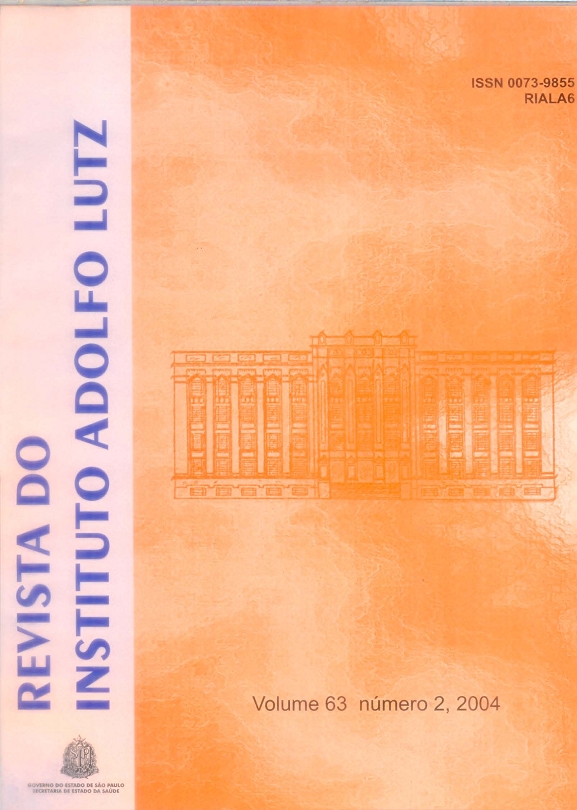Resumo
Milk is an important nutritional source to man, but it can
also carry pathogenic mycobacteria, especially Mycobacterium
bovis. In this study, we tried to evaluate the classical technique
(culture) and molecular technique PCR (Polymerase Chain
Reaction) and PRA (PCR - Restriction Enzyme Analysis) in the
isolation and identification of mycobacteria from water buffalo´s
milk samples. First of all, it was standardized an efficient PCR
method for M. bovis identification from milk. In this sense, a
known number of M. bovisAN5 were inoculated in the milk that
was submitted to a serial dilution. Then, two different PCR
protocols were done to evaluate the threshold of M. bovis
detection. Two pair of primers were tested, one to detect
Mycobacterium spp (INS1 e INS2) and other to detect M. bovis
(JB21 e JB22). Dilutions were also submitted for culture using
Stonebrink medium and incubated at 37°C/90 days, to determine
the number of bacilli in the milk. After this, 23 samples of milk
collected from water buffalos (Bubalus bubalis), 7 PPD + and 16
PPD-, were analyzed by PCR technique and culture (Stonebrink
medium) to detect the presence of M. bovis. Isolation of other
mycobacteria were done by culture (Lowenstein-Jensen medium)
and identified by mycolic acids and PRA. The results of PCR
showed that the protocol using primer par INS1/ INS2 was
positive until 10-3 dilution (800 CFU/mL). The protocol with
primers JB21/JB22 was more sensitive and specific, detecting
M. bovis until 10-4 dilution (80 CFU/mL). M. bovis could not be
identified by PCR and isolated in culture from milk samples of
water buffalo. Other species of mycobacteria were identified as:
M. flavenscens (1 sample), M. simiae (3 samples) and M.
intracellulare (1 sample). The last two species are considered
pathogenic mycobacteria to human.

Este trabalho está licenciado sob uma licença Creative Commons Attribution 4.0 International License.
Copyright (c) 2004 Jordão Junior, C. M.
